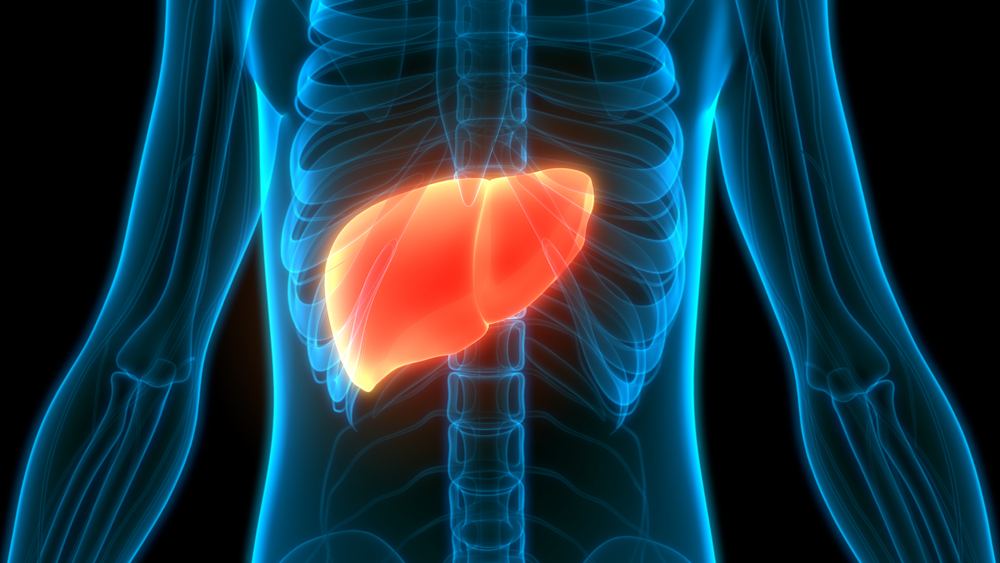Ultrasound in Hepatology
 Hepatology is the medical specialty devoted to liver function and the health of the gallbladder, biliary tree, and pancreas. The human body’s ability to process nutrients, metabolize medications, filter toxins, and regulate enzymes all rely on healthy hepatological function. Disease and abnormalities contribute to chronic, debilitating conditions that require regular monitoring.
Hepatology is the medical specialty devoted to liver function and the health of the gallbladder, biliary tree, and pancreas. The human body’s ability to process nutrients, metabolize medications, filter toxins, and regulate enzymes all rely on healthy hepatological function. Disease and abnormalities contribute to chronic, debilitating conditions that require regular monitoring.
Ultrasound is increasingly useful as a noninvasive diagnostic tool for hepatologists. Ultrasounds in hepatology allow healthcare providers to observe and monitor the sensitive internal organs vital to so many critical physiological and metabolic processes.
Ultrasound for liver and related conditions
In the last decade, exponential progress in ultrasound technology has made it possible for clinicians to use probes and software — designed specifically for hepatology imaging — to diagnose and manage liver, pancreatic, and related conditions.
Previously, sonographers and radiologists were required to complete and interpret ultrasound scans. Physicians diagnosed conditions by examining scan data after the fact and contextualizing it with bloodwork and other diagnostic benchmarks. Today’s endoscopic ultrasounds consolidate these processes while increasing diagnostic accuracy. Chief among them is elastography.
Elastography is a simple, noninvasive diagnostic imaging method that dramatically improves hepatologists’ ability to qualify, diagnose, and monitor a wide range of liver problems. Elastography measures the elasticity of the liver to check for fibrosis — scar tissue with the potential to cause serious problems if left undiagnosed and/or untreated.
Elastography ultrasounds detect liver stiffness and the presence of fibers and allow healthcare providers to diagnose and monitor liver conditions, take liver biopsies, measure lesions, drain abscesses and bilomas, and manage liver tumors, all of which makes them a versatile tool across the spectrum of hepatology care.
 Diagnostics, monitoring, and treatment
Diagnostics, monitoring, and treatment
Ultrasound technology is critical for evaluating for portal hypertension, focal liver lesions, parenchymal liver diseases, and other liver conditions. While biopsies and magnetic resonance imaging (MRI) are considered the gold standard for detecting certain liver conditions, they’re expensive and invasive. Doctors may not be able to perform either diagnostic test often enough to catch certain diseases or monitor developments. Enter elastography and PoCUS.
Point-of-care ultrasounds (PoCUS) make diagnosis and monitoring quicker and easier, and while previous technology could not always reach the depth of liver tissue in overweight or obese patients, today’s advanced ultrasound tech allows physicians to keep a close eye on patient conditions — even through dense tissue. Instead of ordering repeated biopsies and MRIs, healthcare providers can monitor conditions noninvasively, change treatment course quickly, save significant time and money, and improve patient outcomes.
PoCUS reduces the need for invasive procedures
Easy-to-use PoCUS technology makes ultrasound for hepatological diagnoses accessible from virtually anywhere. Physicians can gain insight and rule out contributing factors, even in patients with higher BMIs, drastically reducing the need for invasive and expensive procedures.
Today, clinicians can combine endoscopy and sonography in a single modality for better identification of internal structures, real-time data and image comparison, and pulsed Doppler systems for assessing vasculature. Ultrasound results now allow clinicians to perform multiple assessments and interventions in a single setting — without need for multiple types of imaging, additional diagnostic benchmarks, or invasive procedures. Patients suffer less discomfort and uncertainty, which results in a better healthcare experience.
Better patient outcomes
Hepatology conditions require continuous medical care and monitoring, often at significant patient expense. PoCUS and other ultrasound technologies provide clinicians with the imaging data necessary to inform the best course of treatment, without the need for frequent invasive procedures. For patients living with liver disease, pancreatic dysfunction, or other related conditions, advanced ultrasound technology empowers understanding, treatment, and management of their condition.

 Diagnostics, monitoring, and treatment
Diagnostics, monitoring, and treatment